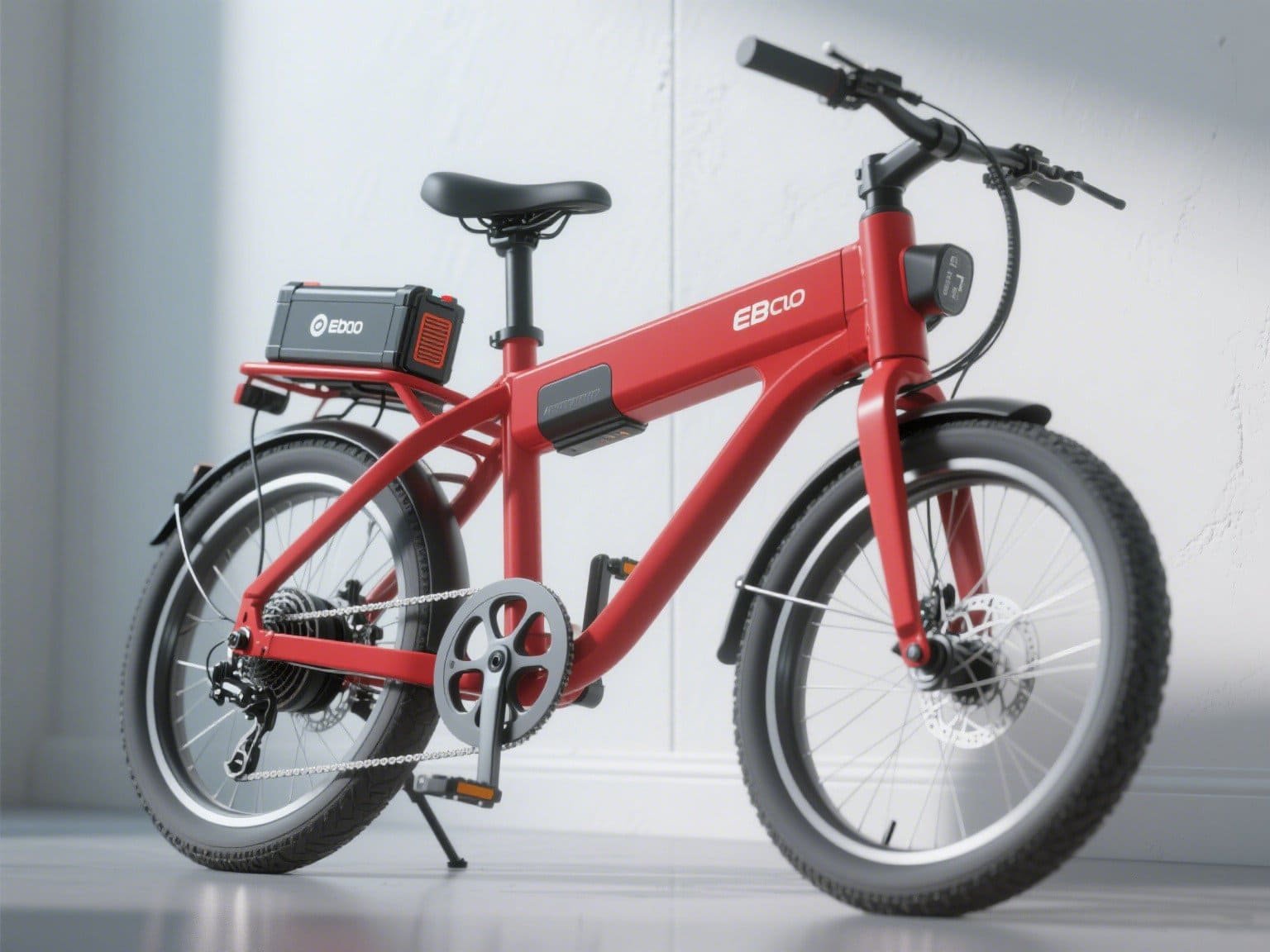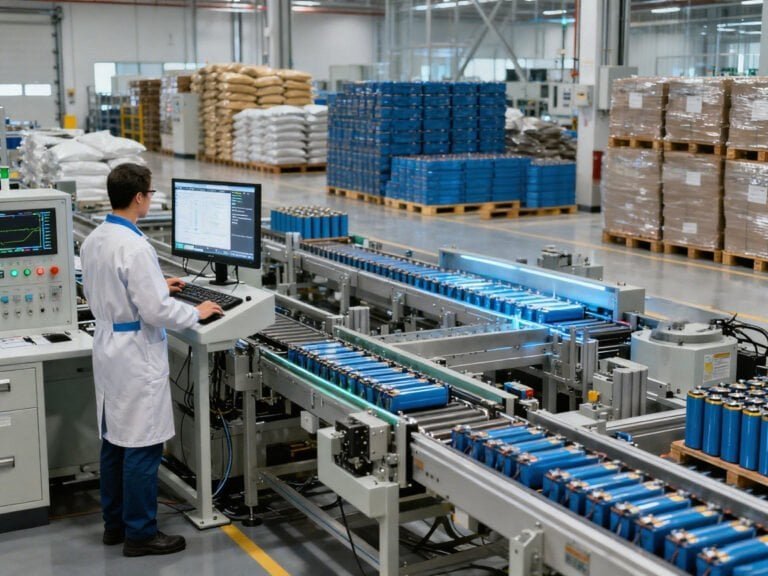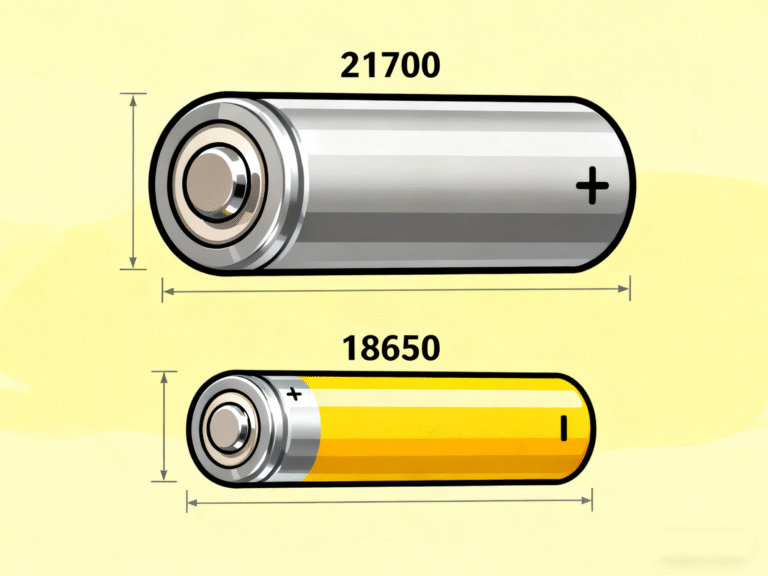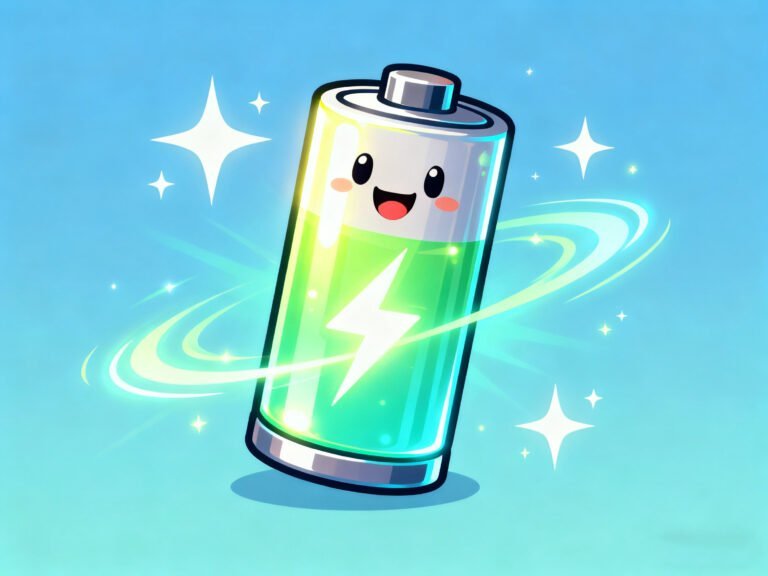バッテリーは電動アシスト自転車(E-Bike)の中核部品で、航続距離、パワー、安全性に直接影響します。市場には多くの選択肢があるため、適切なバッテリーを選ぶのは容易ではありません。このガイドでは、バッテリーを選ぶ際の重要な要素(航続距離、安全性、互換性、寿命)を解説します。 ベストEバイクバッテリー.
1.走行距離実際の走行距離を計算するには?
E-Bikeの航続距離はバッテリー容量(Ah)と電圧(V)に依存するが、実際の性能はライディングスタイル、地形、モーター出力によって異なる。
主な指標
電圧 (V):一般的なオプション:36V、48V、52V。電圧が高いほどパワーが増す(坂道や荷物に最適)。
容量(Ah):理論的な航続距離を決定する(例:48V 20Ah ≒ 50-62マイル/平坦地で80-100km)。
ワット時(Wh):より正確な航続距離予測:
Wh = V × Ah
(例:48V×20Ah=960Wh≒64-96km、1kmあたり10-15Wh)。
購入のヒント
通勤(30-50km):48V 15Ah (~720Wh).
ロングライド(80-120km):52V 20Ah(~1040Wh)。
ヒルズ/カーゴ:電圧の高いもの(52V以上)を選ぶ。

2.安全性バッテリー火災を避けるには?
安いバッテリーは過熱、ショート、爆発の危険がある。優先順位をつける:
バッテリー管理システム(BMS):過充電/過放電を防止。
細胞化学:
NMC:高エネルギー密度(軽量化)。
LiFePO4: より安全で寿命が長い(2,000サイクル以上)。
IP等級:IP65+の防水・防塵性能。
認証:UL、CE、UN38.3を確認すること。
レッドフラッグ
ノーブランド(リサイクルセルを使用している可能性がある)。
BMSの欠落(過充電のリスク)。
3.互換性:あなたのE-Bikeに適合しますか?
チェックリスト
電圧の一致:モーターに合わせる必要があります(例:48Vコントローラーには48Vバッテリー)。
コネクタタイプ共通:XT60、アンダーソン
物理的なフィット感:自転車のバッテリーコンパートメントのサイズを測ってください。
プロのアドバイス
あなたのバイクのモデルを販売者にご相談ください。
将来のアップグレードのためにモジュール式バッテリーを検討する。
4.寿命と価値:バッテリー寿命を最大限に延ばすには?
何が長寿を左右するのか?
充電サイクル:高品質のバッテリーは800~1,200サイクル持続します(80%+容量保持)。
使用習慣20%以下の排水は避ける。
温度:極端な高温(45℃以上)または低温(0℃未満)は性能を低下させる。
メンテナンスのヒント
OEMまたは認定充電器を使用してください。
未使用の場合は、60-80%充電して保管してください。
冬のライディングのために:ヒーテッドバッテリーをお選びください。
- 購入のための最終チェックリスト
- 必要量を計算する(例:48V 20Ah ≒ 100 km)。
- 安全第一:BMS + LiFePO4 + IP65 + 認証。
- 互換性を確認する(電圧/コネクター/サイズ)。
- 適切な手入れで寿命を延ばす。
アップグレードの準備はできていますか?
推奨E-Bikeバッテリー 🛒ショップ







